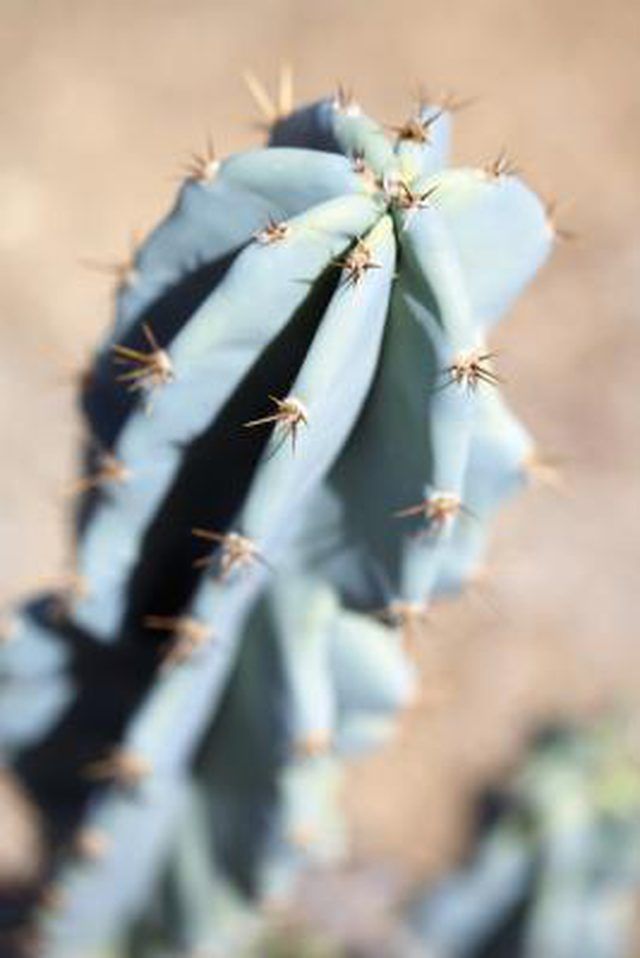Bulbs
Flower Basics
Flower Beds & Specialty Gardens
Flower Garden
Garden Furniture
Garden Gnomes
Garden Seeds
Garden Sheds
Garden Statues
Garden Tools & Supplies
Gardening Basics
Green & Organic
Groundcovers & Vines
Growing Annuals
Growing Basil
Growing Beans
Growing Berries
Growing Blueberries
Growing Cactus
Growing Corn
Growing Cotton
Growing Edibles
Growing Flowers
Growing Garlic
Growing Grapes
Growing Grass
Growing Herbs
Growing Jasmine
Growing Mint
Growing Mushrooms
Orchids
Growing Peanuts
Growing Perennials
Growing Plants
Growing Rosemary
Growing Roses
Growing Strawberries
Growing Sunflowers
Growing Thyme
Growing Tomatoes
Growing Tulips
Growing Vegetables
Herb Basics
Herb Garden
Indoor Growing
Landscaping Basics
Landscaping Patios
Landscaping Plants
Landscaping Shrubs
Landscaping Trees
Landscaping Walks & Pathways
Lawn Basics
Lawn Maintenance
Lawn Mowers
Lawn Ornaments
Lawn Planting
Lawn Tools
Outdoor Growing
Overall Landscape Planning
Pests, Weeds & Problems
Plant Basics
Rock Garden
Rose Garden
Shrubs
Soil
Specialty Gardens
Trees
Vegetable Garden
Yard Maintenance
How to Save a Rotted Cactus
How to Save a Rotted Cactus. Cacti are generally problem-free plants. Give them a spot of sunlight and a minimal amount of care, and they will grow healthily and happily. In fact, one of the cacti's only real enemies is too much water. Overwatering is the primary cause of cactus rot in the home garden. If you notice that your plant has begun to get...

Cacti are generally problem-free plants. Give them a spot of sunlight and a minimal amount of care, and they will grow healthily and happily. In fact, one of the cacti's only real enemies is too much water. Overwatering is the primary cause of cactus rot in the home garden. If you notice that your plant has begun to get mushy, act quickly and you may be able to remedy the problem. Even cacti rotted all the way down to the soil line can bounce back with proper care.
Things You'll Need
Knife
Soap
Coffee filter
Cacti soil
Cacti Rotting from the Base Up
Cut the top of the cacti off with a sharp knife. Make the cut at least 2 inches above the rotted plant material.
Leave the cut cacti piece on its side indoors in a cool, dry spot for 24 to 72 hours or until the cut bottom of the cacti piece dries and callouses over.
Change the cacti's soil. Over-watering is a common cause of rot, but fungal problems in the soil may also be the root of the cause. Empty the old pot, wash it with soapy water, rinse and dry. Place a disposable coffee filter in the bottom of the pot to prevent soil escaping through the drainage holes. Re-fill the pot with fresh cacti soil, available at most home garden centers. Do not use regular potting soil. It retains too much water and may eventually cause your cacti to rot again. If the cacti is growing in the landscape, consider moving it indoors where you can better control its exposure to water. Or, plant it in a drier spot that contains sandy well-drained soil.
Re-plant the piece of cacti you cut off in the new soil. Sit it just deep enough to keep it from toppling over.
Water the soil once weekly during the cacti's first two weeks of growth, while it is putting down new roots.
Cacti Rotting from the Top Down
Cut the rotted portion of the cacti away with a sharp knife. Make the pruning cut at least one inch into healthy tissue to make sure that you prune away all of the rotted tissue.
Dispose of the rotted portion of the cacti. It cannot be saved or re-potted.
Make sure that your potted cacti is growing in a cacti-succulent mixture. If it is not, you will need to re-pot the plant in an appropriate mixture. Potting or garden soil retains too much moisture and will likely lead to more rotting problems. If your cacti is growing in the landscape in an area where water pools after a hard rain, consider potting it with cacti soil mixture.
Tips & Warnings
Make sure your cacti is growing in a pot with growing holes in the bottom.
Water your cacti correctly to prevent further rotting. Landscape cacti generally only need watering twice monthly when temperatures are above 90 degrees Fahrenheit if there has been no rain during the period. Cut back to once monthly when temperatures are low with little raid. Water potted cacti once weekly, twice weekly if the cacti is outdoors and the weather is 90 dgrees or higher. Water until water drips out of the drainage holes in the pot. A pot tray will catch the dripping water. Empty the tray of collected water after 15 minutes. Try not to wet the body of the cacti when you water.
Not all changes in your cacti's tissue are rot. Hard, woody cactus material is a sign of aging rather than. Make sure that your cacti is mushy and rotten before you cut.